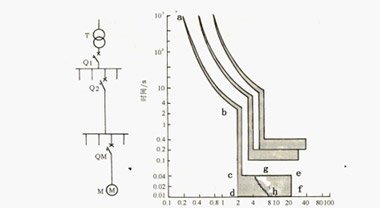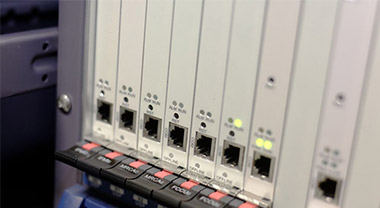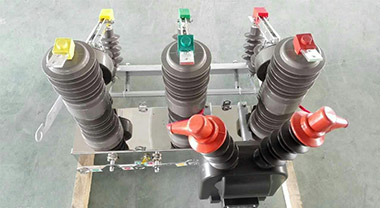Normal use and installation conditions of circuit breakers
Circuit breakers are widely used in electrical panel cabinets and instrument panel cabinets. Familiar with the normal use conditions and installation conditions of circuit breakers is of great significance to improving the reliability and safety of electrical and automatic systems. This article provides knowledge about the normal use and installation of circuit breakers Introduction.
1. Ambient temperature: The upper limit of the air temperature around the working environment of the circuit breaker does not exceed 40℃, the lower limit is not lower than -5℃, and the average value of 24h does not exceed 35℃.
2. Altitude: The altitude of the circuit breaker installation location does not exceed 2000m.
3. Atmospheric humidity: The relative humidity of the atmosphere does not exceed 50% when the ambient air temperature is 40℃. At lower temperatures, there can be higher humidity. The average maximum relative humidity of the wettest month is 90%. The monthly average minimum temperature is 25°C. When considering the above conditions, it must be noted that the surface of the circuit breaker may be condensed due to temperature changes.
4. Vibration in the workplace: an occasion without obvious bumps, shocks and vibrations.
5. Pollution level: Pollution level is 3, no gas and conductive dust that corrode metals and damage insulation.
6. Electric clearance: the shortest straight line distance between two conductive parts with potential difference.
7. Creepage distance: The shortest distance between two conductors with a potential difference along the surface of the insulating material.
The electrical clearance of electrical products is closely related to the rated impulse withstand voltage Uimp of the electrical appliance and the rated voltage of the power system, as well as the installation category. There are four levels of installation categories: one is the signal level, the other is the load level, the third is the power distribution level, and the fourth is the power level. When the relative ground voltage is 220V and the installation category is level three or four, Uimp is 4.0kV and 6.0kV respectively.
8. Arcing distance: When the circuit breaker breaks a large short-circuit current, an arc will be generated at its moving and static contacts. Although the arc will be sucked into the arc extinguishing chamber to be cooled, before the arc is completely extinguished, a part of the arc or ionized gas will be ejected from the arc port at the power end of the circuit breaker and damage the structure of the switch cabinet. Therefore, it is usually necessary to leave enough space when installing the circuit breaker. This space distance is called the arcing distance. All ABB circuit breakers have zero flashover characteristics.




